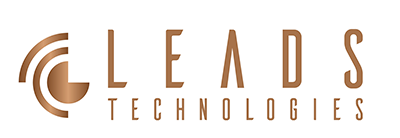
Must-Read for Businesses: What is Personalized Marketing? Master the Key Points in 5 Minutes
Personalized Marketing
14 May 2025
- Introduction: Why Businesses Need Personalized Marketing Now More Than Ever
- What is Personalized Marketing? Simple Definition & Examples
- Personalized vs. Traditional Marketing: Key Differences
- Top 3 Benefits of Personalized Marketing for Businesses
- How to Implement Personalized Marketing? Common Use Cases
- Recommended Personalized Marketing Tools
- Conclusion: The First Step Toward Personalization
- References
- Introduction: Why Businesses Need Personalized Marketing Now More Than Ever
- What is Personalized Marketing? Simple Definition & Examples
- Personalized vs. Traditional Marketing: Key Differences
- Top 3 Benefits of Personalized Marketing for Businesses
- How to Implement Personalized Marketing? Common Use Cases
- Recommended Personalized Marketing Tools
- Conclusion: The First Step Toward Personalization
- References
1. Introduction: Why Businesses Need Personalized Marketing Now More Than Ever
In today’s information-overloaded digital age, consumers receive hundreds of messages daily from websites, social media, newsletters, and ads. With so much market noise, businesses using generic marketing approaches easily get lost in the crowd—let alone capturing attention or driving customer action.
Modern customers expect to be understood, not sold to. They want content relevant to their needs, interests, and behaviors—not repetitive discount offers or templated ads. This shift makes personalized marketing not just an option, but a core business strategy.
Studies show businesses implementing personalized marketing see higher customer satisfaction, engagement, conversion rates, and revenue growth. With richer customer data and advanced marketing technologies like automation and dynamic content, one-to-one communication is more achievable than ever.
This article explains what personalized marketing is, how it differs from traditional approaches, its tangible benefits, common applications, and available tools—helping you grasp the essentials in 5 minutes.
2. What is Personalized Marketing? Simple Definition & Examples
Personalized marketing tailors content and messaging to individual customer characteristics, behaviors, or interests—making them feel “this message is for me.”
Unlike traditional “broadcast” marketing, it delivers the right content to the right person at the right time. Common examples:
- E-commerce sites showing product recommendations based on your browsing history
- Email newsletters dynamically adjusting content by your purchase records or clicks
- Apps sending push notifications timed to your usage patterns and location
- Ads displaying different versions based on your demographics and browsing data
While these applications are now widespread, they require integrated data, rule-setting, and often automation tools. Thus, personalized marketing isn’t just technology—it’s a customer-centric strategy.
3. Personalized vs. Traditional Marketing: Key Differences
Businesses new to personalized marketing often ask: “How is this different from what we’ve done before?” The key distinction is customer centricity.
Traditional marketing—like TV ads, newspaper placements, or bulk emails—delivers the same message to everyone, regardless of who they are or what they need. This “one-to-many” approach, while simple, grows increasingly ineffective.
Personalized marketing crafts content and interactions for each customer’s needs and context—a “many-to-one” precision approach. The comparison below highlights key differences:
| Item | Traditional Marketing | Personalized Marketing |
|---|---|---|
| Target Audience | Everyone | Individual Customers |
| Content Display | Fixed Messages | Dynamic Adjustments |
| Communication | One-to-Many | One-to-One or Segmented |
| Performance Tracking | Aggregate Data Analysis | Individual Behavior Tracking & Optimization |
| Technical Foundation | Manual Operations | Data Integration & Automation |
In short, personalized marketing is not “More information”, but “Say the right thing to the right person”. This way, although in the initial planning may be more complex, but in the long run, more can establish trust and adhesion between customers.
4. Top 3 Benefits of Personalized Marketing for Businesses
For many businesses, implementing personalized marketing may seem technical or even distant. However, the benefits of this strategy are practical and direct – especially in today’s competitive market environment. Here are three key advantages businesses commonly experience:
Improve customer experience and satisfaction
When customers receive content and recommendations that "just happen to care", they naturally feel that the brand knows them better and is more willing to interact. Whether it's browsing a website, opening an email, or receiving a push message, the overall feeling will be smoother and warmer.
Increase conversions and revenue
Traditional advertising conversion rates may be in the single digits, but through personalized content, each customer can see the message that is "valuable to him", and the conversion effect can often be increased several times. Whether it's placing an e-commerce order, registering for an event, or clicking on a product introduction page, there will be a significant improvement.
Build long-term customer relationships and loyalty
When customers find that your brand understands them and remembers their preferences, they will naturally have a better impression and trust. This long-term interaction not only allows customers to come back for more, but also gives them the opportunity to actively recommend to others and become your brand promoter.
In summary, personalized marketing isn’t just about short-term gains—it’s fundamental to building long-term brand competitiveness. For businesses that prioritize user experience, this is an essential component that can’t be overlooked.
5. How to Implement Personalized Marketing: Common Application Scenarios
When first exploring personalized marketing, businesses often ask: “Is this suitable for our industry?” The answer is yes—with numerous application possibilities. Whether you’re in e-commerce, finance, education, B2B solutions, or even travel and retail—anywhere customer interactions occur presents opportunities for personalization.
Here are several industry-specific application scenarios to help you understand how to get started:

E-commerce/retail
- Recommend products, accessories or bundled items based on browsing history
- Send targeted promotions or new arrival notifications to customer segments with different shopping preferences
- Automatically remind customers to restock based on purchase cycles (e.g., supplements, beauty products)

Finance/Insurance
- Display investment recommendations tailored to customers' occupations or asset profiles when they log into online banking
- Recommend insurance products based on age and family status (e.g., family health insurance vs. individual travel insurance)
- Dynamically adjust newsletter content according to investment risk preferences

Educational/Training Institutions
- Recommend supplementary courses and activities based on students' learning progress
- Provide personalized learning suggestions, teaching materials or reminder messages
- Tailor EDM content for different groups (e.g., high school students vs. working professionals pursuing further education)

B2B/Corporate Services
- Recommend different solutions based on visitor's industry and job position
- Dynamically display relevant case studies and industry white papers
- Automatically trigger sales follow-ups or send targeted materials based on page visit history

Tourism/Hospitality Industry
- Recommend hotels or travel packages based on users' recent city searches or travel preferences
- Send weather updates and local event promotions
- Offer customized deals for returning guests based on their past booking patterns
Regardless of industry, the key is to “make customers feel this was designed for me.” You can start by adjusting website content, implementing simple email segmentation, and then progress to push notifications and automated journey design.
What’s important is that businesses should identify the most critical touchpoints—first optimizing interactions that directly impact conversion rates or customer satisfaction—before gradually expanding the scope of personalization applications.
6. Recommended Personalized Marketing Tools
In practice, having the concept of personalization isn’t enough. Businesses need the right tools to truly deliver “the right message, at the right time, in the right way, to the right person” with both accuracy and efficiency.
Here are 8 commonly used personalized marketing tools for businesses—each with unique features and specialized areas—for reference based on company size, industry type, and technical capabilities:
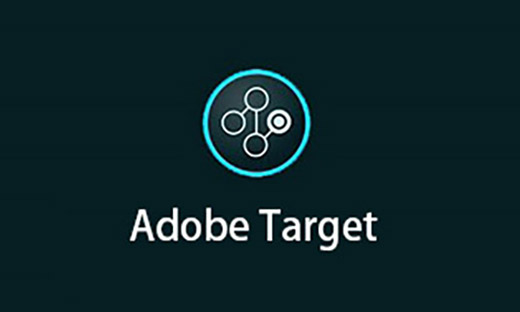
Adobe Target
Positioning: Advanced personalization and testing platform integrated with Adobe Experience Cloud ecosystem
Key Features:
· A/B testing, multivariate testing (MVT)
· AI-driven personalization (Auto-Target, Auto-Allocate)
· Product/content recommendation engine
· Integration with Adobe Analytics for audience segmentation and tracking
Ideal For:Mid-to-large enterprises, existing Adobe system users
Use Cases:Implementing precise recommendations, dynamic page adjustments on websites/apps, or conducting audience-specific testing and optimization

Adobe Journey Optimizer
Positioning: All-in-one real-time customer journey management and personalized communication platform
Key Features:
· Design multi-stage interactive journeys based on real-time CDP data
· Automated cross-channel messaging (Email, LINE, App push, SMS, etc.)
· Supports triggered marketing and segmented push notifications
· Deep integration with Adobe Real-Time CDP for high-precision journey control
Ideal For:Businesses with diverse customer touchpoints pursuing automation and data-driven strategies
Use Cases:Building comprehensive customer journeys like new customer onboarding, cart recovery, and seasonal marketing campaigns
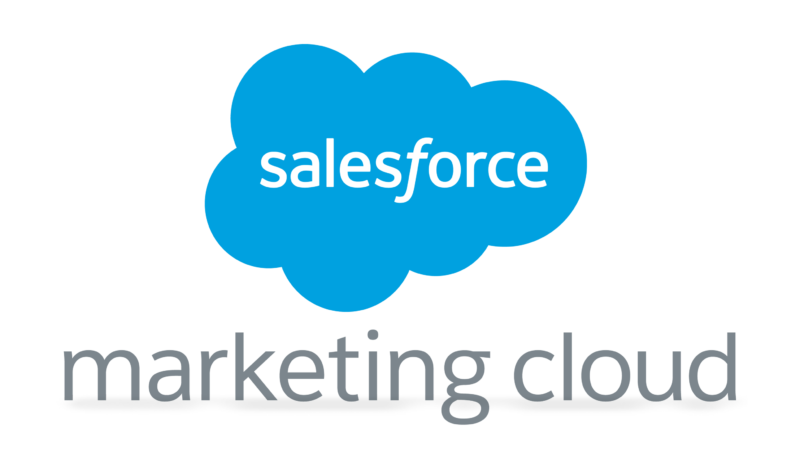
Salesforce Marketing Cloud Personalization (formerly Interaction Studio)
Positioning: Real-time personalization engine within the Salesforce ecosystem
Key Features:
· Real-time content personalization based on customer attributes and behaviors in CRM
· Supports personalization across Email, websites, apps, and Sales/Service Cloud front-end pages
· Provides visual journey mapping and recommendation modules
Ideal For:Businesses already using Salesforce as CRM or marketing automation tool
Use Cases:Deep sales-marketing integration to deliver consistent customer experience from sales to marketing
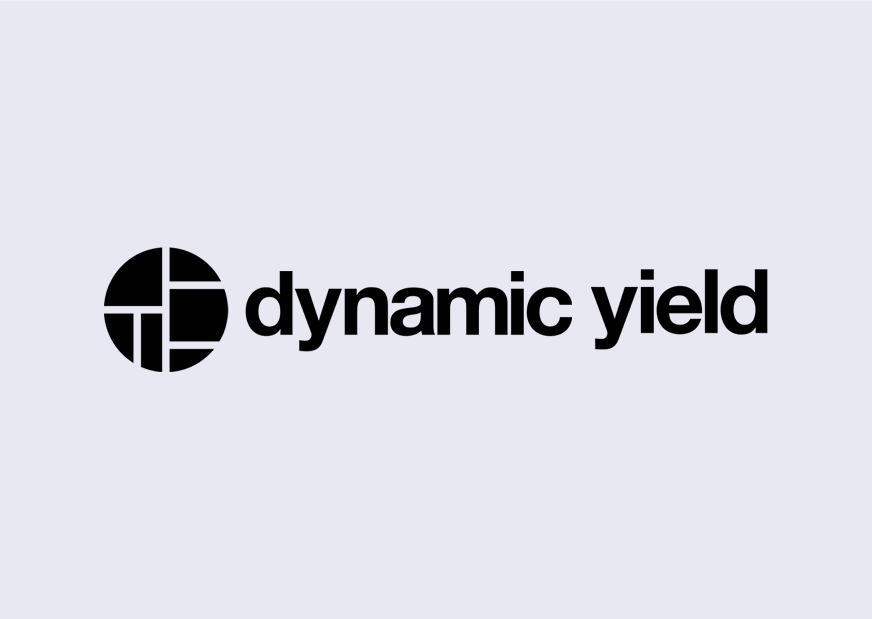
Dynamic Yield
Positioning: Flexible personalization platform focused on speed and conversion optimization
Key Features:
· Product recommendations and behavioral tracking
· Pop-ups and behavioral nudges (e.g., countdown timers)
· Audience segmentation and multi-variant page testing
Ideal For:E-commerce, retail, and media companies seeking rapid engagement improvement
Use Cases:Website conversion optimization, recommendation block design, customized CTA messaging
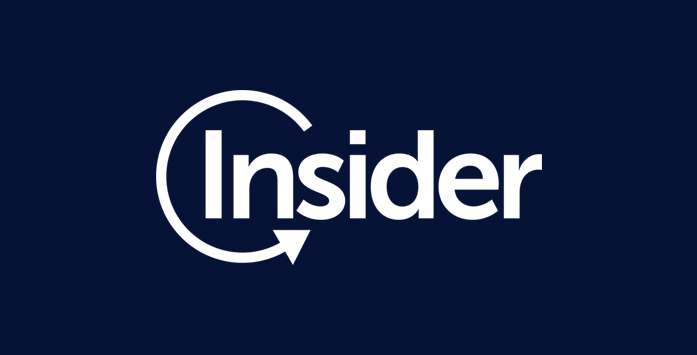
Insider
Positioning: Leading growth marketing platform in Asia-Pacific with multi-channel and multi-language support
Key Features:
· Cross-channel marketing integration (Web, App, Email, LINE)
· Pre-built journey templates and drag-and-drop journey orchestration
· Personalized content and recommendation modules with customer lifecycle segmentation
Ideal For:Mid-to-large enterprises seeking rapid deployment with visual interface
Use Cases:Customer segmentation, quick-start personalized campaigns, member retention strategies
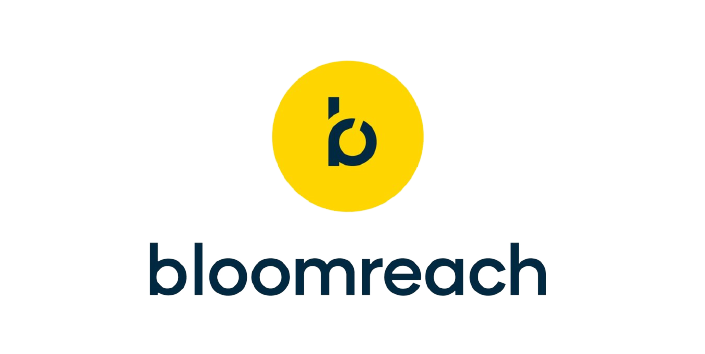
Bloomreach
Positioning: E-commerce focused content and product recommendation platform
Key Features:
· Highly customizable product recommendation algorithms
· AI-powered search engine with personalized result ranking
· Integrated CMS and commerce content management
Ideal For:Large e-commerce and retail platforms with extensive product catalogs
Use Cases:Precision product search & recommendations, content-driven conversions, personalized category pages
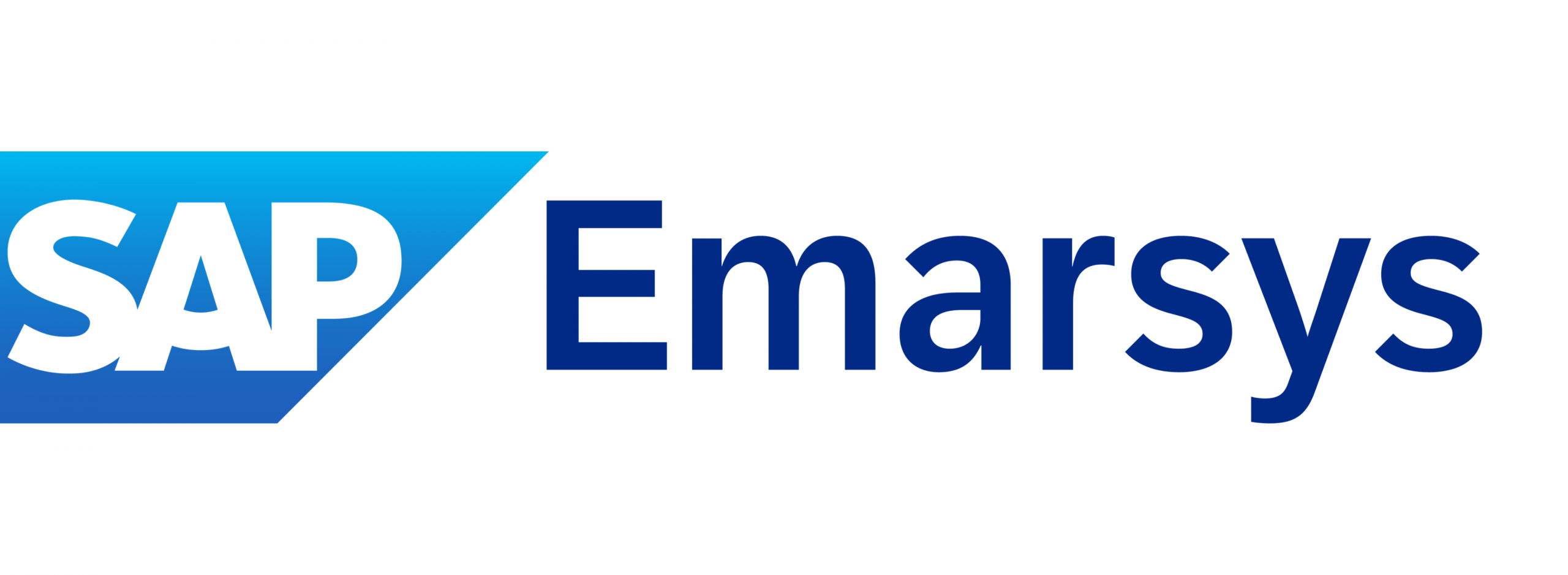
Emarsys (SAP)
Positioning: SAP's cross-channel marketing automation platform with email-centric customer engagement
Key Features:
· Email marketing automation integrated with real-time messaging (App, SMS)
· Pre-built customer journey templates (welcome flows, birthday campaigns, win-back programs)
· Seamless integration with SAP Commerce, CRM and ecosystem
· User behavior tracking and recommendation logic management
Ideal For:SAP users and marketing teams focused on member engagement & email strategies
Use Cases:Member remarketing, holiday campaign automation, loyalty program email workflows

Optimizely (formerly Episerver)
Positioning: Digital experience optimization platform evolved from A/B testing
Key Features:
· Multi-variant testing for website content and interfaces
· AI-powered content recommendations and personalized content blocks
· Compatible with its CMS and Commerce modules
Ideal For:Data-driven businesses focused on UX and conversion optimization
Use Cases:Pre-launch interface testing, segmented content design, UX optimization workflows
7. Conclusion: The First Step to Personalization Begins with Awareness
Personalized marketing is not just a trendy technical term, but rather a marketing mindset that returns to the core of customer needs. Through customer understanding and data analysis, businesses can move beyond “broadcasting messages” to delivering valuable, relevant communications and experiences.
In this article, we started with defining personalized marketing, explored its differences from traditional marketing, examined its practical benefits, common application scenarios, and reviewed several useful tools currently available in the market.
For businesses, taking the first step doesn’t require going all-in immediately. You can start with specific touchpoints (like website recommendations or segmented email campaigns) and gradually expand to cross-channel integrated marketing and automated interactions.
Next article: 2026 Guide of Top 8 Enterprise Personalized Marketing Tools
We’ll further analyze functional differences between these tools and provide selection recommendations to help you find the best personalized marketing solution for your business size and needs.
If you’re already considering implementing such strategies and tools, feel free to contact us to discuss your requirements. We’d be happy to help plan suitable solutions.
8. References
- McKinsey & Company – The value of getting personalization right
https://www.mckinsey.com/capabilities/growth-marketing-and-sales/our-insights/the-value-of-getting-personalization-right-or-wrong-is-multiplying - Salesforce – State of Marketing
https://www.salesforce.com/resources/research-reports/state-of-marketing/ - Personalization explained by Adobe
https://business.adobe.com/sg/index/topics/personalization.html - What Is Personalized Marketing?
https://emarsys.com/learn/blog/what-is-personalized-marketing/
